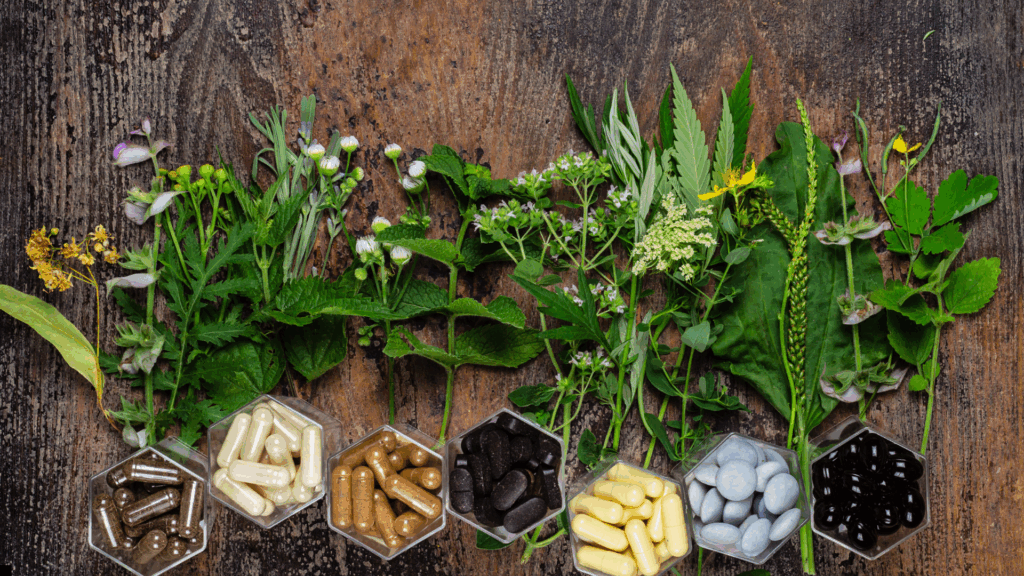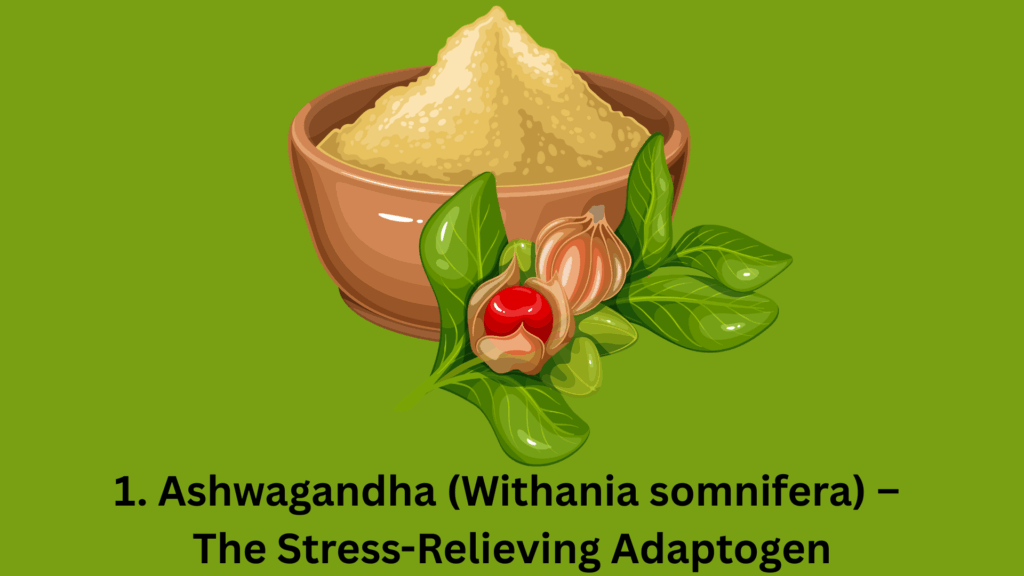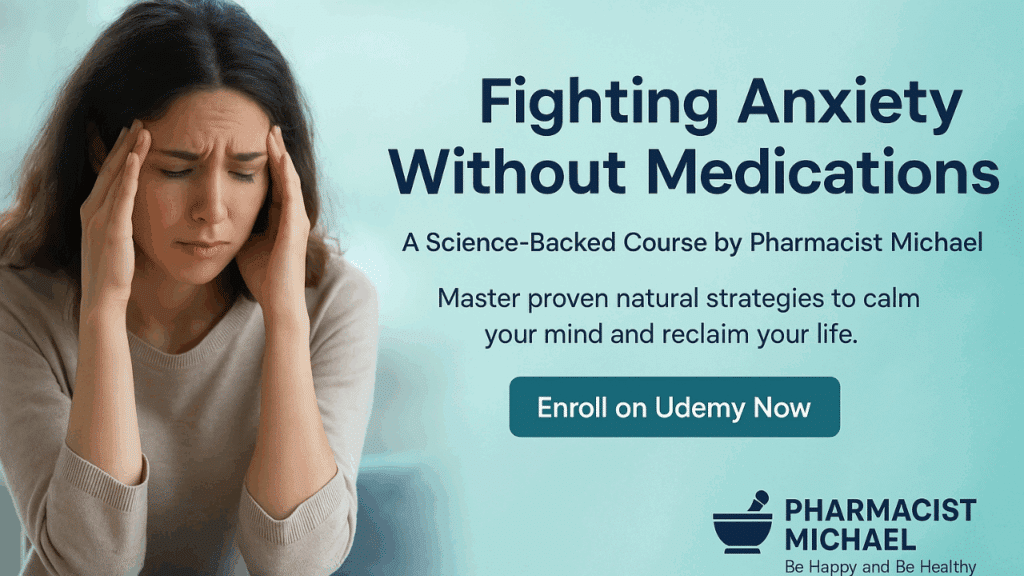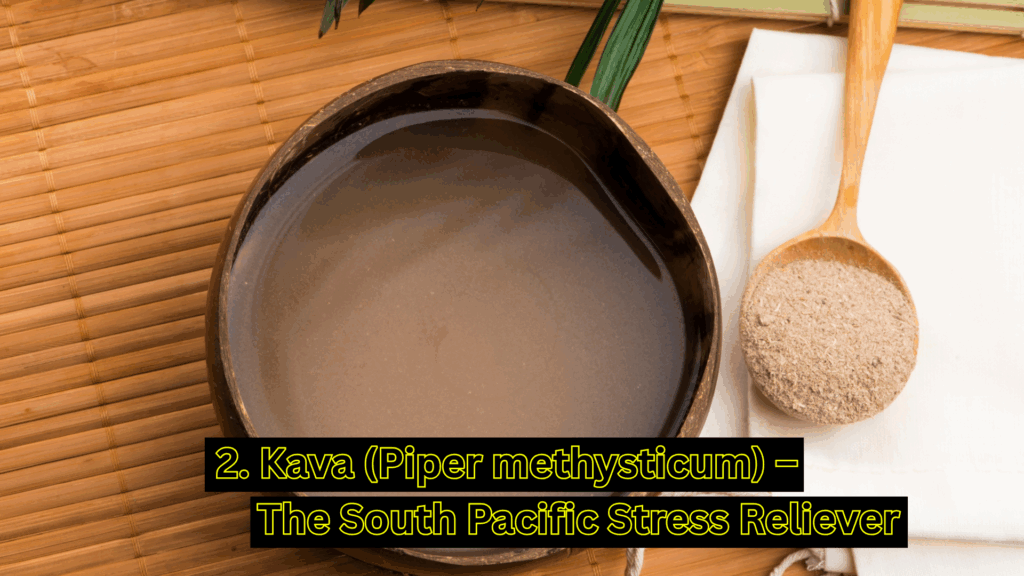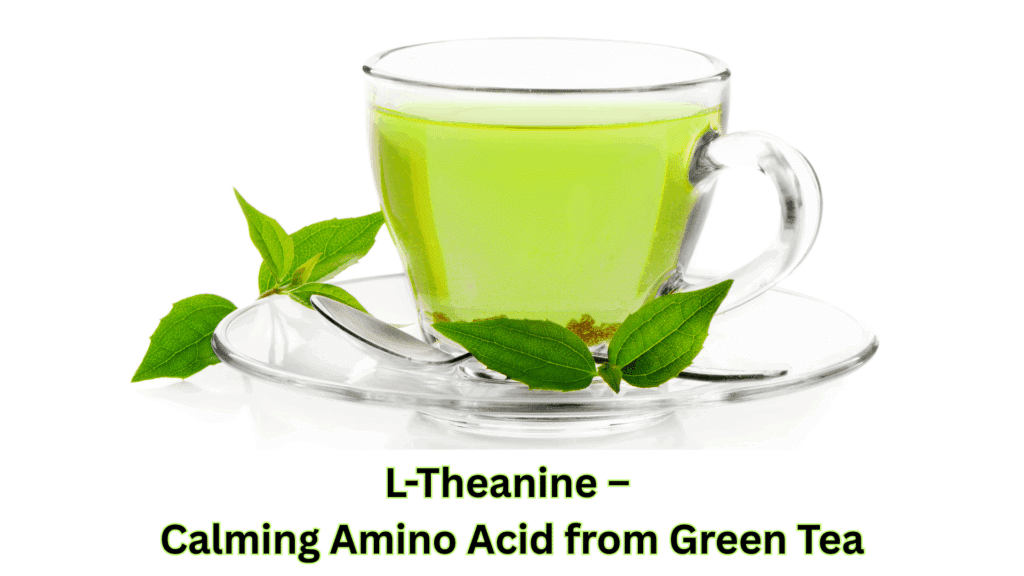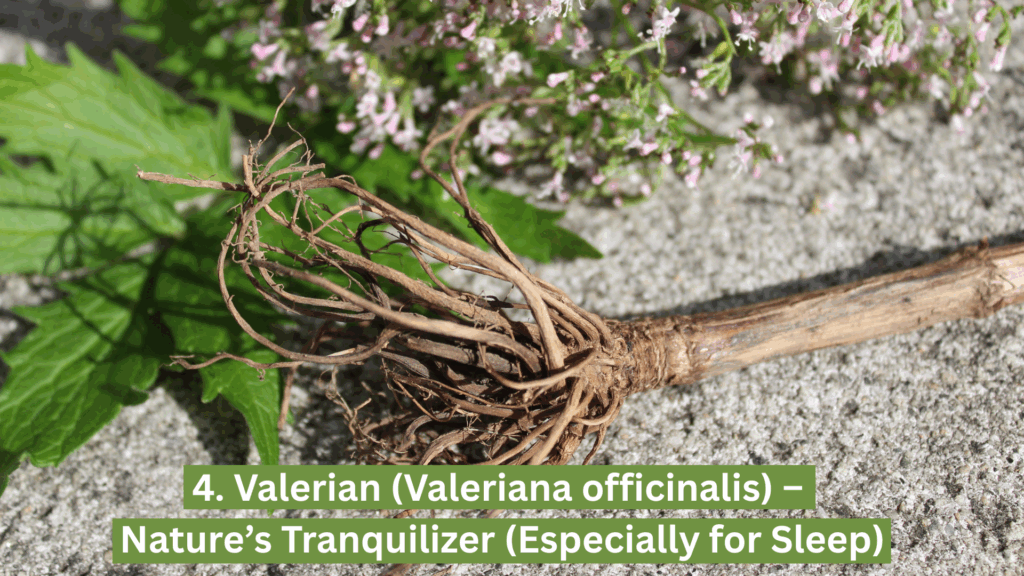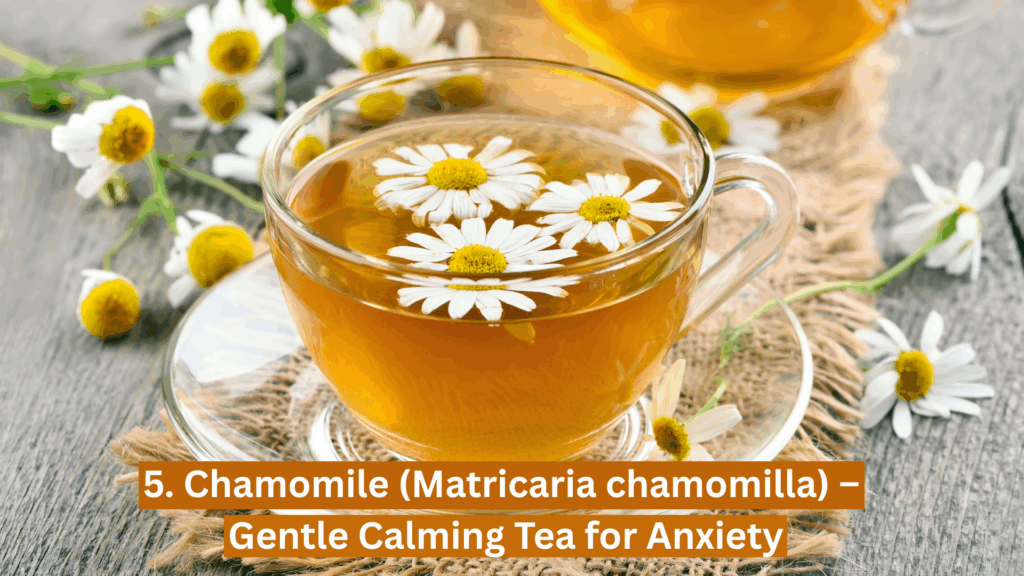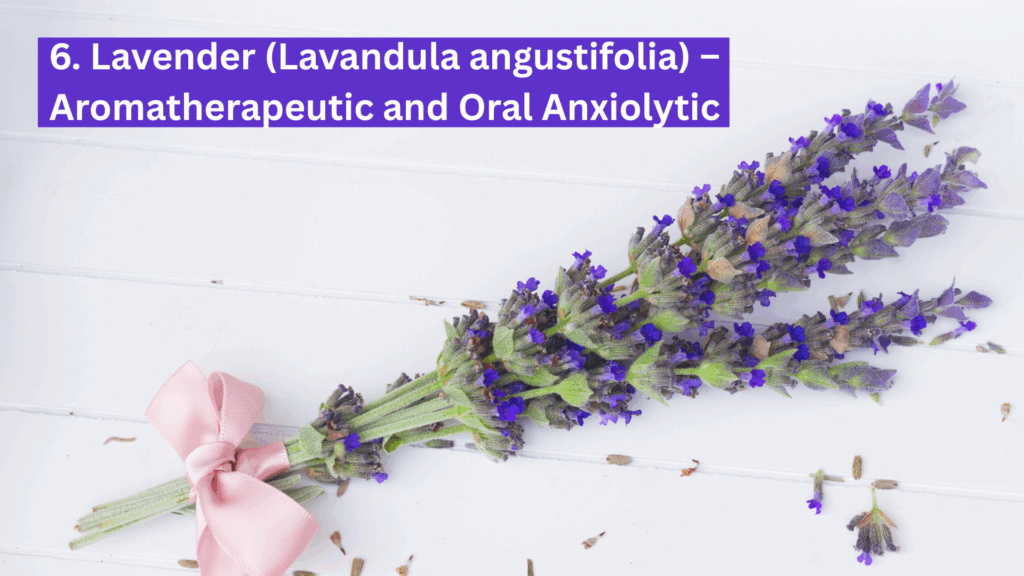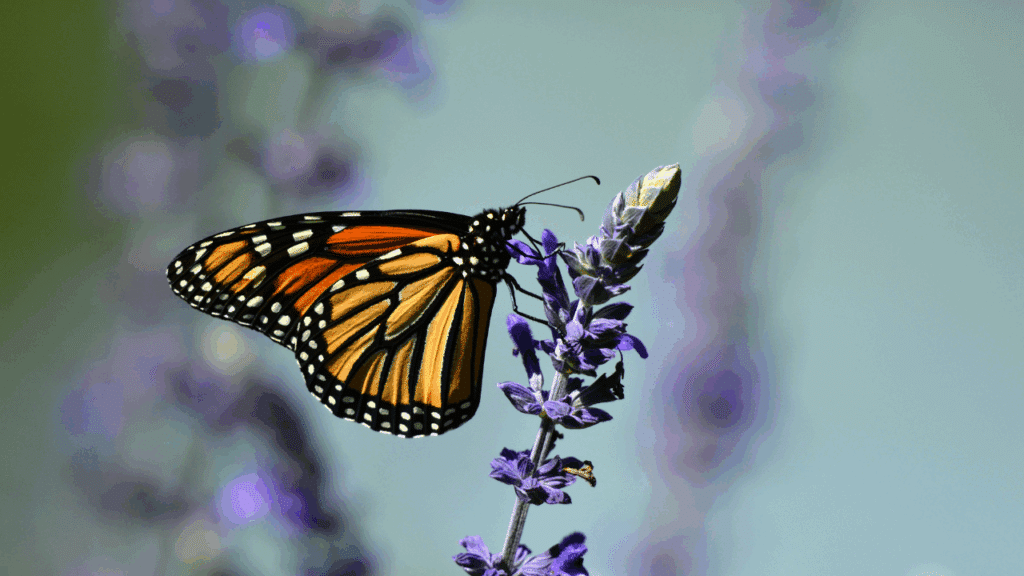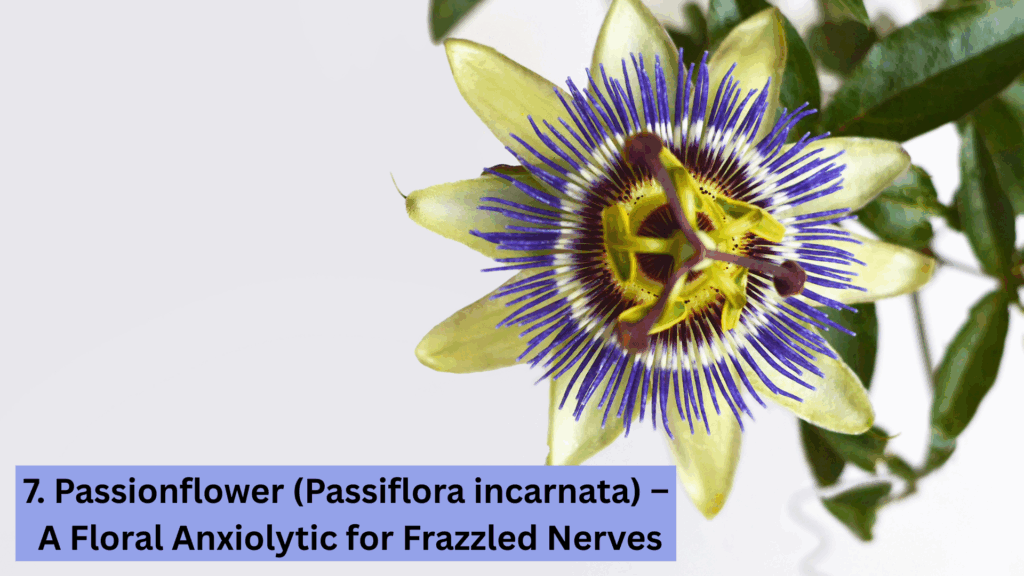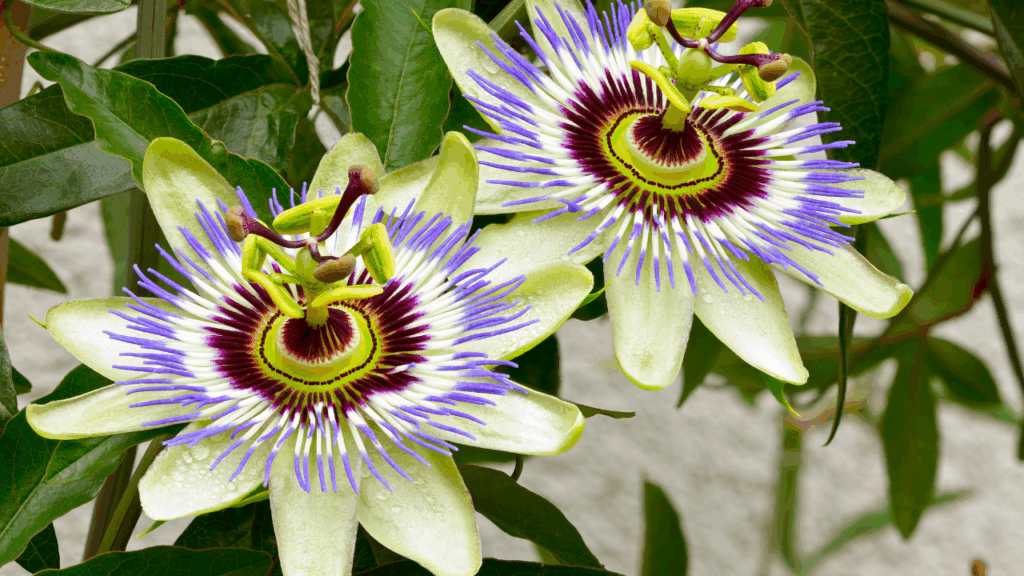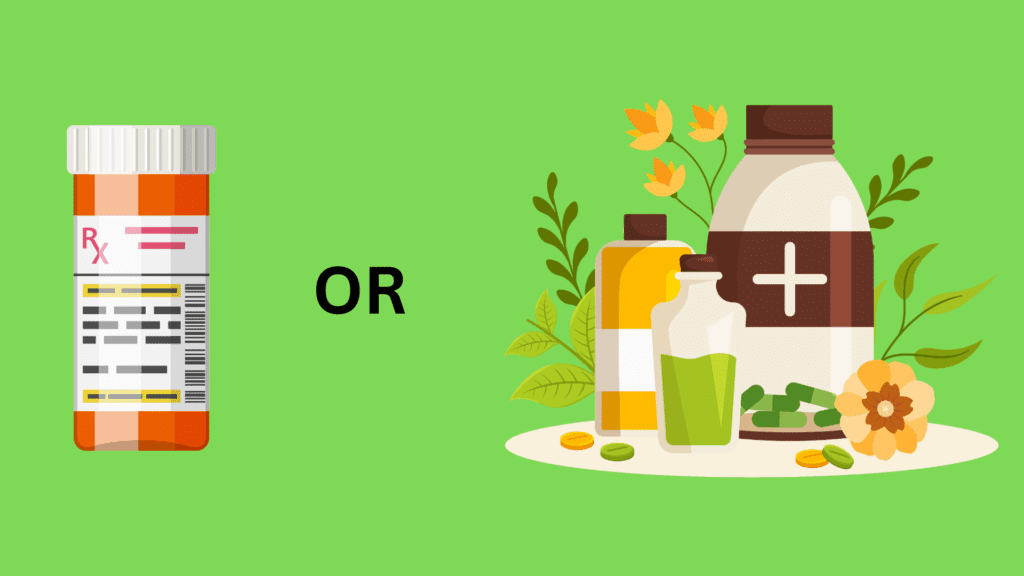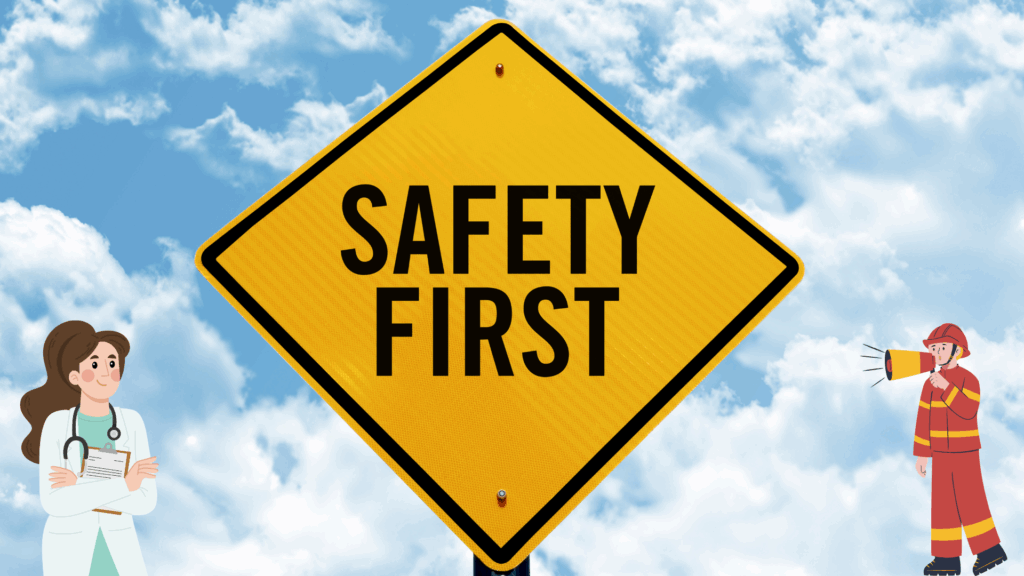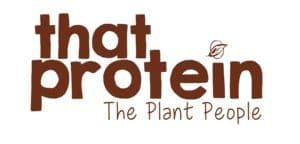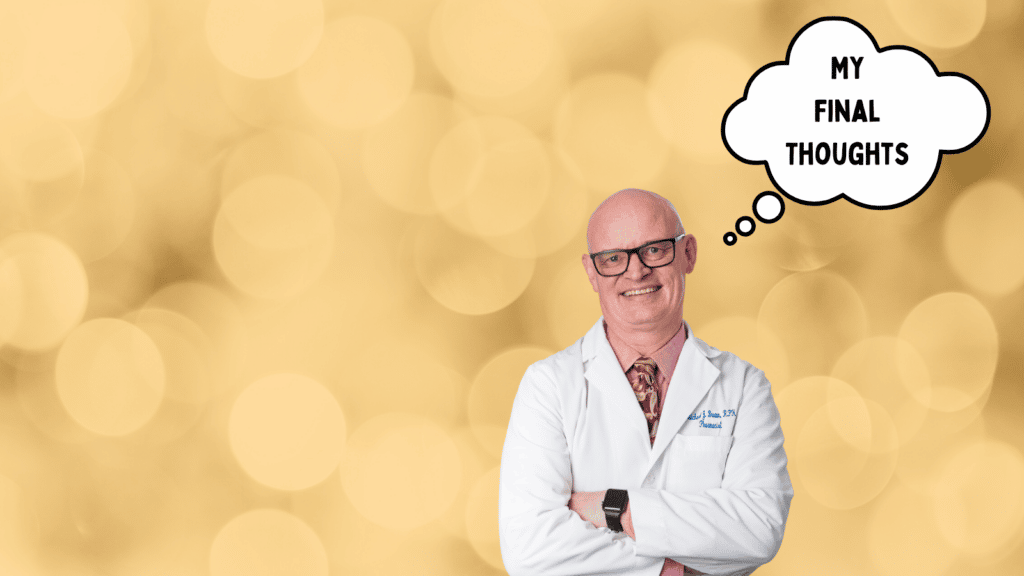- https://pubmed.ncbi.nlm.nih.gov/20929532/#:~:text=long,of%20adverse%20effects%20or%20withdrawal
- https://ods.od.nih.gov/factsheets/Ashwagandha-HealthProfessional/#:~:text=The%20species%20name%20somnifera%20comes,for%20stress%20and%20anxiety%20reduction
- https://ods.od.nih.gov/factsheets/Ashwagandha-HealthProfessional/#:~:text=cortisol%20levels,stronger%20recommendation%20without%20more%20data
- https://ods.od.nih.gov/factsheets/Ashwagandha-HealthProfessional/#:~:text=mg%2Fday%20of%20extract%20or%2012%2C000,mg%2Fday%20than%20with%20lower%20doses
- https://ods.od.nih.gov/factsheets/Ashwagandha-HealthProfessional/#:~:text=root%20powder%20made%20into%20granules,mg%2Fday%20than%20with%20lower%20doses
- https://ods.od.nih.gov/factsheets/Ashwagandha-HealthProfessional/#:~:text=Results%20from%20most%20of%20the,those%20in%20the%20placebo%20group
- https://ods.od.nih.gov/factsheets/Ashwagandha-HealthProfessional/#:~:text=Some%20research%20suggests%20that%20ashwagandha,83
- https://ods.od.nih.gov/factsheets/Ashwagandha-HealthProfessional/#:~:text=Ashwagandha%20appears%20to%20be%20well,sensitive%20prostate%20cancer
- https://ods.od.nih.gov/factsheets/Ashwagandha-HealthProfessional/#:~:text=There%20are%20a%20few%20reports,that%20contained%20450%20to%201%2C350
- https://ods.od.nih.gov/factsheets/Ashwagandha-HealthProfessional/#:~:text=Some%20research%20suggests%20that%20ashwagandha,83
- https://ods.od.nih.gov/factsheets/Ashwagandha-HealthProfessional/#:~:text=nausea%2C%20drowsiness%29%20are%20usually%20mild,sensitive%20prostate%20cancer
- https://ods.od.nih.gov/factsheets/Ashwagandha-HealthProfessional/#:~:text=ashwagandha%20extract%20,8%20%2C%2086
- https://www.aafp.org/pubs/afp/issues/2007/0815/p549.html#:~:text=Meta,weeks%20was%20safe%20and%20mildly
- https://www.aafp.org/pubs/afp/issues/2007/0815/p549.html#:~:text=Meta,4
- https://www.researchgate.net/figure/Meta-analysis-of-Hamilton-Anxiety-Rating-Scale-item-depressed-mood-intraindividual_fig1_359117234#:~:text=Meta,
- https://www.aafp.org/pubs/afp/issues/2007/0815/p549.html#:~:text=Meta,weeks%20was%20safe%20and%20mildly
- https://www.aafp.org/pubs/afp/issues/2007/0815/p549.html#:~:text=only%203,allowed%20more%20comparisons%20between%20patient
- https://pubmed.ncbi.nlm.nih.gov/19962288/#:~:text=investigated%20in%20adults%20with%20GAD,A%20subscore%20I%29%20and%20%22psychic
- https://pubmed.ncbi.nlm.nih.gov/19962288/#:~:text=adults%20with%20GAD,and%20well%20tolerated%20alternative%20to
- https://www.researchgate.net/publication/10944828_Kava_extract_for_treating_anxiety_Cochrane_Review#:~:text=Kava%20extract%20for%20treating%20anxiety,24%5D%20.%20A
- https://www.drugs.com/npp/kava.html#:~:text=Kava%20Uses%2C%20Benefits%20%26%20Dosage,and%20use%20is%20not%20recommended
- https://www.aafp.org/pubs/afp/issues/2007/0815/p549.html#:~:text=Researchers%20concluded%20that%20liver%20toxicity,toxicity%20have%20been%20reported%2C%20some
- https://www.aafp.org/pubs/afp/issues/2007/0815/p549.html#:~:text=Kava%20dramatically%20inhibits%20the%20cytochrome,used%20by%20the%20liver%20to
- https://www.aafp.org/pubs/afp/issues/2007/0815/p549.html#:~:text=only%203,allowed%20more%20comparisons%20between%20patient
- https://www.aafp.org/pubs/afp/issues/2007/0815/p549.html#:~:text=Kava%20dramatically%20inhibits%20the%20cytochrome,used%20by%20the%20liver%20to
- https://www.sciencedirect.com/science/article/abs/pii/S1043661819307790#:~:text=Psychotropic%20effects%20of%20L,reducing%20effects
- https://www.healthline.com/health/l-theanine#:~:text=Healthline%20www,16
- https://doi.org/10.3390/nu11102362#:~:text=functions,functions%20simultaneously%20in%20healthy%20adults
- https://link.springer.com/article/10.1007/s40120-021-00284-x#:~:text=A%20Randomized%2C%20Triple,anxiety%20compared%20to%20the
- https://bmcpsychiatry.biomedcentral.com/articles/10.1186/s12888-024-06285-y#:~:text=match%20at%20L629%20LT%20did,to%20better%20understand%20its%20benefits
- https://bmcpsychiatry.biomedcentral.com/articles/10.1186/s12888-024-06285-y#:~:text=symptoms%20effectively%2C%20notably%20in%20individuals,was%20not%20consistent%20across%20all
- https://www.sciencedirect.com/science/article/abs/pii/S1043661819307790#:~:text=Psychotropic%20effects%20of%20L,improvements%20in%20other%20manifestations
- https://www.healthycell.com/blogs/articles/what-is-the-best-dosage-for-l-theanine?srsltid=AfmBOordVGS45Yh7XVBVo0zT3BFDDqlzVKlCPjl04AKH8wilkjOP66aD#:~:text=What%20is%20the%20best%20dosage,can%20also%20cause%20side%20effects
- https://www.webmd.com/vitamins/ai/ingredientmono-1053/theanine#:~:text=Theanine%20,
- https://www.mountsinai.org/health-library/herb/valerian#:~:text=helps%20regulate%20nerve%20cells%20and,a%20similar%2C%20but%20weaker%20effect
- https://www.mountsinai.org/health-library/herb/valerian#:~:text=helps%20regulate%20nerve%20cells%20and,a%20similar%2C%20but%20weaker%20effect
- https://www.sciencedirect.com/science/article/abs/pii/S0944711309002906#:~:text=Valeriana%20officinalis%20root%20extracts%20have,compared%20to%20the%20ethanol
- https://www.cochrane.org/CD004515/DEPRESSN_valerian-for-anxiety-disorders#:~:text=Only%20one%20study%20was%20identified%2C,treatment%20option%20for%20anxiety%20disorders
- https://www.cochrane.org/CD004515/DEPRESSN_valerian-for-anxiety-disorders#:~:text=Authors%27%20conclusions%3A
- https://pmc.ncbi.nlm.nih.gov/articles/PMC4394901/#:~:text=Valerian%20for%20Sleep%3A%20A%20Systematic,range%20of%20doses%20of
- https://www.mountsinai.org/health-library/herb/valerian#:~:text=pregnant%20and%20nursing%20women%20to,avoid%20taking%20valerian
- https://www.mountsinai.org/health-library/herb/valerian#:~:text=Some%20people%20may%20have%20a,instead%20of%20calm%20and%20sleepy
- https://www.mountsinai.org/health-library/herb/valerian#:~:text=For%20most%20people%2C%20valerian%20does,than%20stopping%20all%20at%20once
- https://www.mountsinai.org/health-library/herb/valerian#:~:text=things%20that%20require%20you%20to,be%20alert
- https://www.mountsinai.org/health-library/herb/valerian#:~:text=The%20same%20is%20true%20of,chamomile%2C%20lemon%20balm%2C%20and%20catnip
- https://www.mountsinai.org/health-library/herb/valerian#:~:text=Because%20valerian%20is%20broken%20down,not%20limited%20to%20the%20following
- https://www.mountsinai.org/health-library/herb/valerian#:~:text=Anesthesia
- https://www.mayoclinic.org/diseases-conditions/generalized-anxiety-disorder/expert-answers/herbal-treatment-for-anxiety/faq-20057945#:~:text=sleepiness.%20,if%20you%27re%20pregnant%20or%20breastfeeding
- https://pubmed.ncbi.nlm.nih.gov/19593179/#:~:text=Results%3A%20%20We%20observed%20a,417
- https://pubmed.ncbi.nlm.nih.gov/19593179/#:~:text=Results%3A%20%20We%20observed%20a,417
- https://pubmed.ncbi.nlm.nih.gov/19593179/#:~:text=Conclusions%3A%20%20This%20is%20the,needed%20to%20replicate%20these%20observations
- https://pubmed.ncbi.nlm.nih.gov/19593179/#:~:text=was%20not%20powered%20to%20identify,417
- https://pubmed.ncbi.nlm.nih.gov/27912875/#:~:text=Long,significantly%20reduce%20rate%20of%20relapse
- https://www.mdedge9-ma1.mdedge.com/clinicianreviews/article/166955/mental-health/evidence-herbal-and-botanical-remedies-part-2/page/0/2#:~:text=Insomnia,28
- https://www.mayoclinic.org/diseases-conditions/generalized-anxiety-disorder/expert-answers/herbal-treatment-for-anxiety/faq-20057945#:~:text=sleepiness.%20,if%20you%27re%20pregnant%20or%20breastfeeding
- https://www.mayoclinic.org/diseases-conditions/generalized-anxiety-disorder/expert-answers/herbal-treatment-for-anxiety/faq-20057945#:~:text=sleepiness.%20,if%20you%27re%20pregnant%20or%20breastfeeding
- https://www.mdedge9-ma1.mdedge.com/clinicianreviews/article/166955/mental-health/evidence-herbal-and-botanical-remedies-part-2/page/0/2#:~:text=
- https://www.mayoclinic.org/diseases-conditions/generalized-anxiety-disorder/expert-answers/herbal-treatment-for-anxiety/faq-20057945#:~:text=sleepiness.%20,if%20you%27re%20pregnant%20or%20breastfeeding
- https://pmc.ncbi.nlm.nih.gov/articles/PMC4360214/#:~:text=,DPAT%20in%20this
- https://link.springer.com/article/10.1007/s00406-024-01923-8#:~:text=Silexan%20may%20indirectly%20elevate%20extracellular,effects%20on%20other%20brain%20regions
- https://www.sciencedirect.com/science/article/pii/S0944711319303411#:~:text=reduce%20anxiety%20levels%20measured%20with,95
- https://pubmed.ncbi.nlm.nih.gov/19962288/#:~:text=investigated%20in%20adults%20with%20GAD,A%20subscore%20I%29%20and%20%22psychic
- https://pubmed.ncbi.nlm.nih.gov/19962288/#:~:text=diary%20demonstrated%20comparable%20positive%20effects,and%20well%20tolerated%20alternative%20to
- https://pubmed.ncbi.nlm.nih.gov/19962288/#:~:text=SF%2036%20Health%20survey%20Questionnaire,for%20amelioration%20of%20generalised%20anxiety
- https://www.researchgate.net/publication/40449277_A_multi-center_double-blind_randomised_study_of_the_Lavender_oil_preparation_Silexan_in_comparison_to_Lorazepam_for_generalized_anxiety_disorder#:~:text=A%20multi,2014
- https://www.sciencedirect.com/science/article/abs/pii/S0022395618310999#:~:text=Beneficial%20effects%20of%20Silexan%20on,action%20rather%20than%20by%20sedation
- https://www.sciencedirect.com/science/article/pii/S0944711319303411#:~:text=analysis%20www,95
- https://www.mayoclinic.org/diseases-conditions/generalized-anxiety-disorder/expert-answers/herbal-treatment-for-anxiety/faq-20057945#:~:text=members%20of%20this%20family%20are,so%20do%20not%20use%20it
- https://www.sciencedirect.com/science/article/abs/pii/S0022395618310999#:~:text=The%20results%20indicate%20that%20Silexan,action%20rather%20than%20by%20sedation
- https://www.mayoclinic.org/diseases-conditions/generalized-anxiety-disorder/expert-answers/herbal-treatment-for-anxiety/faq-20057945#:~:text=,so%20do%20not%20use%20it
- https://pubmed.ncbi.nlm.nih.gov/11679026/#:~:text=Results%3A%20%20Passiflora%20extract%20and,encountered%20with%20subjects%20on%20oxazepam
- https://pubmed.ncbi.nlm.nih.gov/11679026/#:~:text=Results%3A%20%20Passiflora%20extract%20and,encountered%20with%20subjects%20on%20oxazepam.
- https://www.mountsinai.org/health-library/herb/passionflower?insider=m0ry-tracey-carlson#:~:text=Studies%20of%20people%20with%20generalized,from%20anesthesia%20just%20as%20quickly
- https://pubmed.ncbi.nlm.nih.gov/11679026/#:~:text=generalized%20anxiety%20disorder,encountered%20with%20subjects%20on%20oxazepam
- https://pubmed.ncbi.nlm.nih.gov/11679026/#:~:text=Conclusion%3A%20%20The%20results%20suggest,scale%20trial%20is%20justified
- https://www.mountsinai.org/health-library/herb/passionflower?insider=m0ry-tracey-carlson#:~:text=Studies%20of%20people%20with%20generalized,from%20anesthesia%20just%20as%20quickly
- https://www.mountsinai.org/health-library/herb/passionflower?insider=m0ry-tracey-carlson#:~:text=tell%20what%20effects%20passionflower%20has,on%20its%20own
- https://pubmed.ncbi.nlm.nih.gov/11679026/#:~:text=Methods%3A%20%20The%20study%20was,week%20trial
- https://www.mountsinai.org/health-library/herb/passionflower?insider=m0ry-tracey-carlson#:~:text=didn%27t%20work%20as%20quickly%20as,from%20anesthesia%20just%20as%20quickly
- https://www.mountsinai.org/health-library/herb/passionflower?insider=m0ry-tracey-carlson#:~:text=Plant%20Description
- https://pubmed.ncbi.nlm.nih.gov/11679026/#:~:text=Conclusion%3A%20%20The%20results%20suggest,scale%20trial%20is%20justified
- https://consensus.app/questions/does-kava-reduce-anxity/#:~:text=other%20studies%20highlight%20potential%20side,as%20liver%20toxicity%20and
- https://pubmed.ncbi.nlm.nih.gov/11679026/#:~:text=Results%3A%20%20Passiflora%20extract%20and,encountered%20with%20subjects%20on%20oxazepam
- https://ods.od.nih.gov/factsheets/Ashwagandha-HealthProfessional/#:~:text=root%20powder%20made%20into%20granules,mg%2Fday%20than%20with%20lower%20doses
- https://www.mountsinai.org/health-library/herb/passionflower?insider=m0ry-tracey-carlson#:~:text=Studies%20of%20people%20with%20generalized,from%20anesthesia%20just%20as%20quickly
- https://www.mountsinai.org/health-library/herb/valerian#:~:text=Don%27t%20use%20valerian%20while%20driving%2C,require%20you%20to%20be%20alert
- https://www.mayoclinic.org/diseases-conditions/generalized-anxiety-disorder/expert-answers/herbal-treatment-for-anxiety/faq-20057945#:~:text=sleepiness.%20,if%20you%27re%20pregnant%20or%20breastfeeding
- https://www.aafp.org/pubs/afp/issues/2007/0815/p549.html#:~:text=Researchers%20concluded%20that%20liver%20toxicity,toxicity%20have%20been%20reported%2C%20some
- https://www.mountsinai.org/health-library/herb/valerian#:~:text=Sedatives
- https://ods.od.nih.gov/factsheets/Ashwagandha-HealthProfessional/#:~:text=Some%20research%20suggests%20that%20ashwagandha,83
- https://pubmed.ncbi.nlm.nih.gov/28445426/#:~:text=Results%3A%20%2018%20studies%20were,subjective%20stress%20as%20an%20outcome
×
Why Choose to Autoship?
- Automatically re-order your favorite products on your schedule.
- Easily change the products or shipping date for your upcoming Scheduled Orders.
- Pause or cancel any time.
